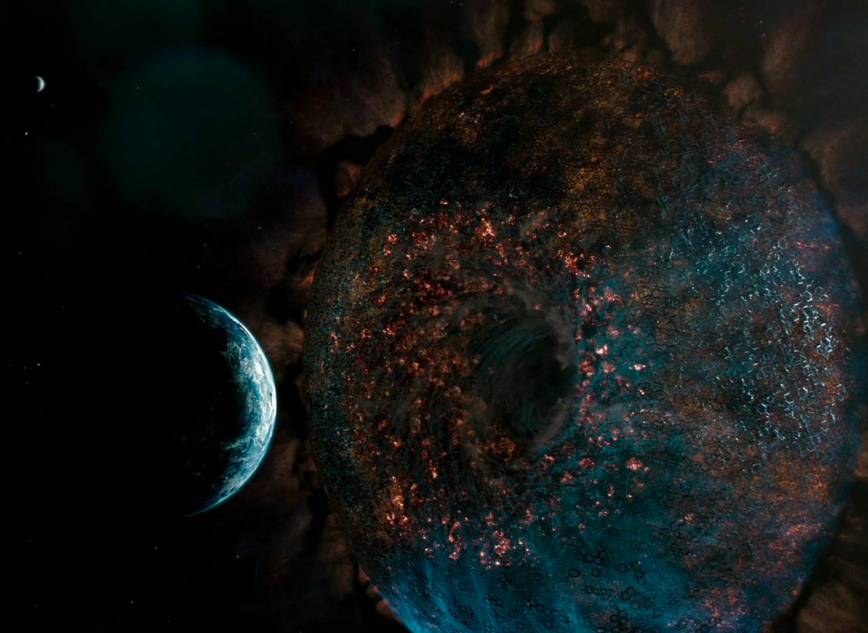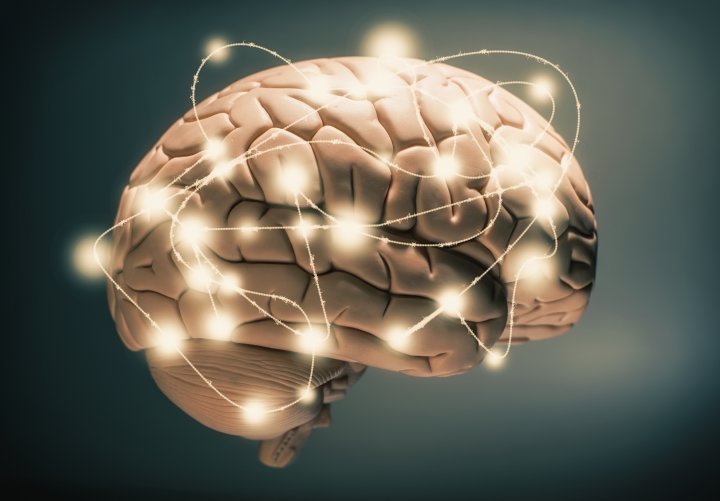Black holes are a constant source of fascination, particularly now that gravitational waves have been detected. One of the most popular questions regarding black holes concerns the amount of truth in the science fiction portrayals of black holes and wormholes, like those in Stargate and Interstellar. Another question though is what would life on Earth be like if the planet itself came near a black hole.
Three measurable properties of a black hole are mass, spin, also called angular momentum and its electronic charge. Anything more is difficult to determine as once an object is inside a black hole, beyond its event horizon, it becomes undetectable. Known as the “no hair theorem”, it’s asserted that no matter how complicated, or hairy, an object is before going into a black hole, it will inevitably be reduced, or shaved, to mass charge and spin.
Of these three properties, mass is the most important since a black hole has its immense mass concentrated to one singularity. Plus it’s this mass that creates the intensely strong gravitational forces which have the most powerful effects on nearby objects and space.
Space Noodle
Perhaps the most familiar effect of a black hole has been coined “spaghettification”, or the noodle effect, wherein traveling close to a black whole will elongate the object so that it resembles spaghetti noodles. The cause is the aforementioned black hole gravity working at different power levels across the body.
For example, if a person was traveling near a black hole feet first, the feet being closest to the black hole would have the strongest forces acting on it. So the feet would be pulled in first, stretching out the body, while at the same time pushing the hand and arms closer to the body as the power of gravity would be working on then at different angles. What we’re left with is a compressed and stretched human noodle and that’s before the body even gets to the center of the black hole.
It’s difficult to say how long this process would take as we have no information about how far the center mass of a black hole is past the event horizon. It is thought that for a typical black hole, that is one formed by a massive star collapse, the center could be hundreds of miles beyond the event horizon.
On the hand, the center of a supermassive black hole, like the one that might be at the center of the Milky Way, could be tens of thousands of miles past the event horizon, meaning that you could travel beyond observation before spaghettification would occur. If someone was watching, you would appear to slow down until you faded completely over a period time.
If a black hole appeared suddenly beside Earth, the same noodle effect would occur to the entire planet. Whichever side was close the black hole would start to get pulled into it and in effect, Earth would be split in two.
However, there is a chance we wouldn’t notice any difference at first. Initially, everything would appear the same and it may take some time before any change would occur.
Cooked by Radiation
Ironically black holes aren’t entirely black. Quasars, found in the center of far away galaxies and powered by black holes, are extremely bright, sometimes even brighter than the galaxy they inhabit. This radiation is created as black holes consume fresh material. The material mounts up around the phenomenon, glows, and remains visible as long as it is outside the event horizon.
Unfortunately, this would be the fate for any object orbiting a black hole, the heat is so hot that if the Earth were near one, we would fry up in the radiation a long time before spaghettification.
Fans of Christopher Nolan’s Interstellar might find the idea of orbiting a black hole exciting. Black holes would be an excellent source of energy to support life on a nearby planet, with one caveat – the black hole must have ceased feeding on new material. Or else it would be discharging far too much radiation to support any type of life.
Now imagining what life on a planet supported by a black hole would look like is very difficult indeed. The amount of energy provided to the planet would be minuscule compared to what the Earth gets from the Sun. While scientist Kip Thorne was consulted to come up accurate depictions of black holes in Interstellar, we have no way of truly knowing how bizarre or abundant these lifeforms could be if it’s even possible to exist at all.
More News to Read
- No Time For Visiting Art Galleries? Google Here to Help!!
- Imagining A Dying Milky Way, How Death Of The Milky Way Look Like?
- Another Breakthrough for Cancer Detection in the Form of Liquid Biopsies
- Breakthrough for Scientists Comes in the Form of Another Gravitational Wave
- Is it Possible to See the Edge of the Universe?











